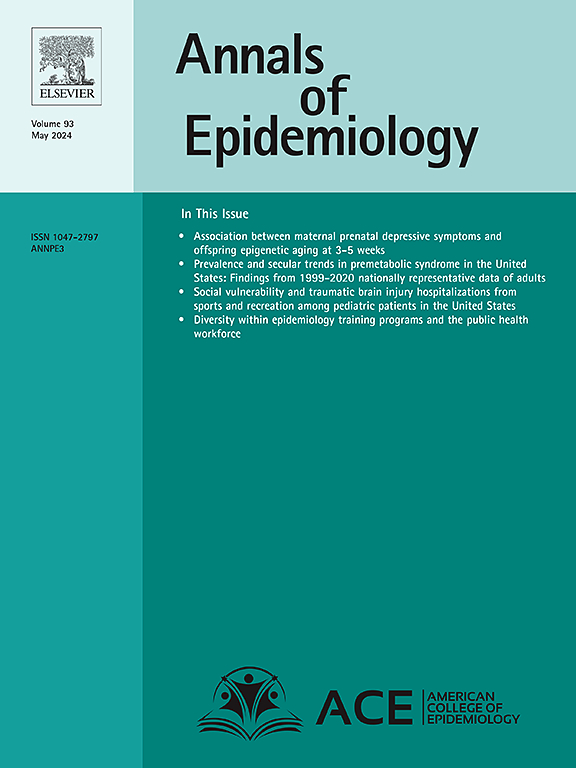The impact of COVID-19 on breast cancer mortality trends in Brazil: A time-series study
IF 3
3区 医学
Q1 PUBLIC, ENVIRONMENTAL & OCCUPATIONAL HEALTH
引用次数: 0
Abstract
Background
There is a lack of research on whether COVID-19 disruptions in breast cancer screening, diagnosis, and treatment affected mortality rates over time.
Method
This ecological time series study, covering the period between 2013 and 2023, utilizes the inflection point regression model and calculates the Annual Percentage Change (APC). The study used open-access data from the Brazilian Mortality Information System. The dependent variables measured were mortality rates due to breast cancer as an underlying cause and contributing cause in women aged 20 and over. The double exponential smoothing method was applied to predict mortality rates for 2020–2023.
Results
During the study period, the mortality rate due to breast cancer as a contributing cause increased approximately tenfold compared to mortality as an underlying cause (APC 6.9 % vs. 0.7 %). On average, 12 % of breast cancer-related deaths were attributed to the disease as a contributing cause. Breast cancer deaths as an underlying cause declined in 2020 and 2021, remaining below the 95 % predicted interval (95 % PI), but showed recovery until 2023. Mortality due to breast cancer as a contributing cause increased early in the pandemic, with deaths related to COVID-19 as an underlying cause comprising 39.6 % of cases in 2021. Breast cancer-related deaths, both as an underlying and contributing cause, showed an upward trend until 2021 and remained within the 95 % PI until 2023.
Conclusion
During the pandemic, deaths due to breast cancer as an underlying cause decreased while contributing deaths increased, with total mortality remaining within the predicted range.
COVID-19对巴西乳腺癌死亡率趋势的影响:一项时间序列研究
背景:缺乏关于COVID-19在乳腺癌筛查、诊断和治疗中的中断是否会长期影响死亡率的研究。方法:选取2013 - 2023年生态时间序列,采用拐点回归模型,计算年变化百分比(APC)。这项研究使用了巴西死亡率信息系统的开放获取数据。测量的因变量是20岁及以上妇女因乳腺癌作为潜在原因和促成原因造成的死亡率。采用双指数平滑法预测2020-2023年的死亡率。结果:在研究期间,作为诱因的乳腺癌死亡率比作为潜在原因的死亡率增加了大约10倍(APC为6.9%对0.7%)。平均而言,12%的乳腺癌相关死亡是由该疾病引起的。作为潜在原因的乳腺癌死亡率在2020年和2021年下降,仍低于95%的预测区间(95% PI),但直到2023年才出现复苏。在大流行的早期,乳腺癌导致的死亡率上升,与COVID-19相关的死亡是一个潜在原因,占2021年病例的39.6%。乳腺癌相关死亡,无论是作为潜在原因还是促成原因,在2021年之前呈上升趋势,并在2023年之前保持在95%的PI范围内。结论:在大流行期间,作为潜在原因的乳腺癌死亡人数减少,而贡献性死亡人数增加,总死亡率保持在预测范围内。
本文章由计算机程序翻译,如有差异,请以英文原文为准。
求助全文
约1分钟内获得全文
求助全文
来源期刊

Annals of Epidemiology
医学-公共卫生、环境卫生与职业卫生
CiteScore
7.40
自引率
1.80%
发文量
207
审稿时长
59 days
期刊介绍:
The journal emphasizes the application of epidemiologic methods to issues that affect the distribution and determinants of human illness in diverse contexts. Its primary focus is on chronic and acute conditions of diverse etiologies and of major importance to clinical medicine, public health, and health care delivery.
 求助内容:
求助内容: 应助结果提醒方式:
应助结果提醒方式:


